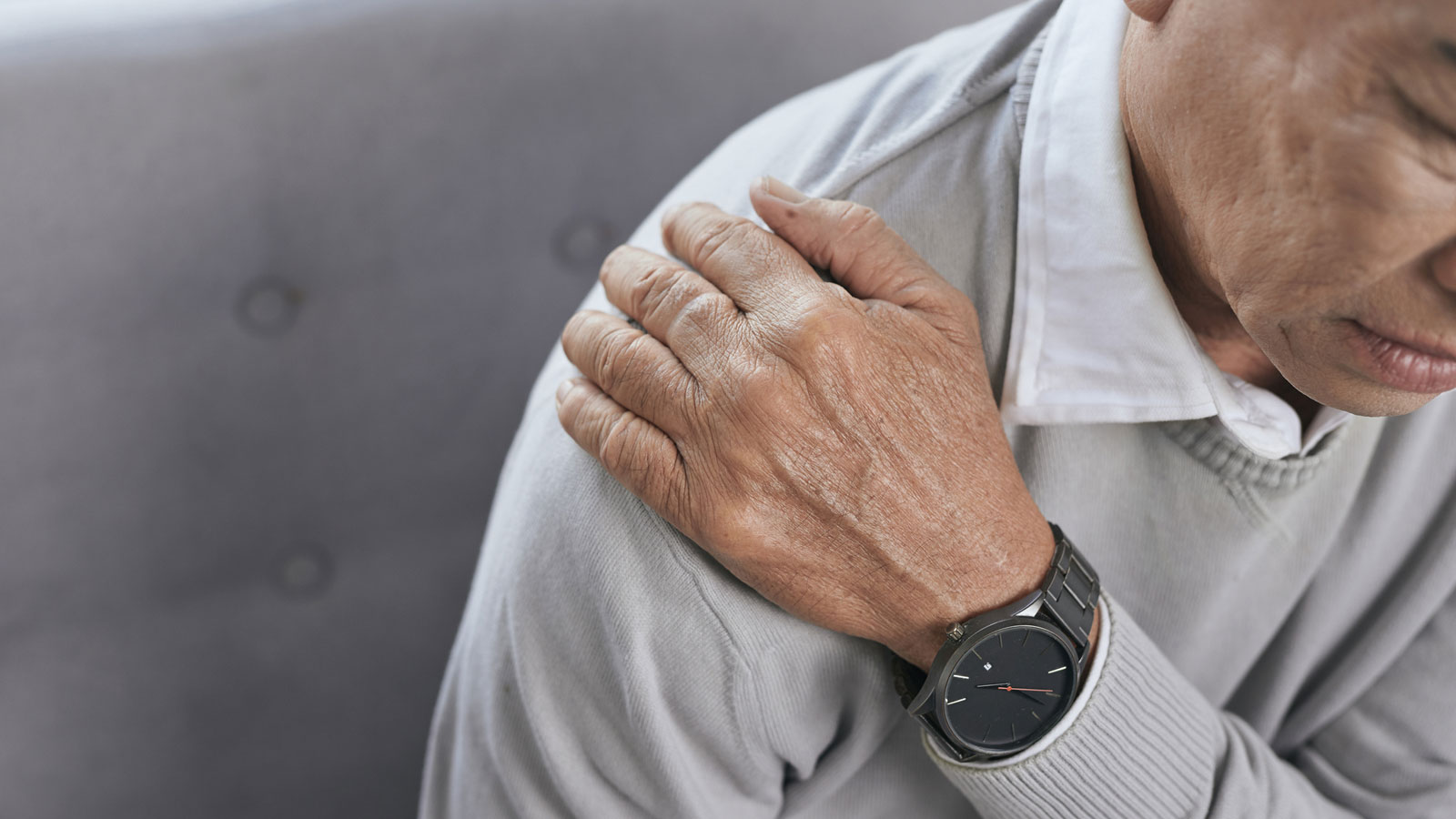5 Smart Steps to Manage Osteoarthritis
Manage your osteoarthritis symptoms and take steps to feel better with these suggestions from a Virtua rheumatologist.
As is the case with many chronic conditions, thriving with arthritis means finding a balance between managing symptoms and taking proactive steps to feel better.
Unfortunately, there is no true “cure” for arthritis; it’s a degenerative joint disorder that causes pain and stiffness, and typically the severity of these symptoms increases over time. But that doesn’t mean women with arthritis should throw up their hands in defeat – on the contrary, doing nothing about it will generally make matters worse. According to Virtua rheumatologist Adrienne Hollander, MD, who treats patients with arthritis every day, “I can’t tell you how many great outcomes I’ve seen when my patients make appointments with themselves, often for only 10 minutes a day, just to spend that time making themselves feel better.”
That 10 minutes would be best spent exercising, continues Dr. Hollander, but a comprehensive approach to arthritis treatment can also include modifications to diet, supplements, medication, and, in severe cases, surgery.
Exercise
“The most natural and effective way to decrease arthritis pain and increase range of motion is through exercise,” says Dr. Hollander. Weight training in particular is key, with a focus on strengthening the muscles that surround the affected joint. Develop a safe and effective plan with your doctor or physical therapist, and do your best to stick with it, she advises. “When you stop exercising because of arthritis, you get weaker and stiffer, and your pain increases. But if you stay with it, you’ll often find you can get back to a more active lifestyle, doing the things you enjoy and easing the difficulty associated with everyday chores and activities.”
Diet
A healthy diet is important for everyone, and arthritis sufferers are no exception to that rule. Eating a well-balanced variety of nutritious foods will ensure you’re getting the vitamins and minerals you need to feel your best. That said, if you’re overweight or obese, you will also want to consider a diet and exercise plan for weight loss, as excess pounds have a significant impact on joint function. “It’s commonly said that for every pound dropped, you take three to five pounds of pressure off your back and knees,” says Dr. Hollander. “Even a small amount of weight loss can make a big difference in terms of arthritis symptoms.”
Supplements
Recent studies have not shown it to be significantly more effective than placebo in curbing the symptoms of arthritis, but anecdotally, “many of my patients swear by glucosamine and chondroitin,” says Dr. Hollander. “Generally, I say it’s worth a shot.” If you’re going to try the supplement, Dr. Hollander recommends taking it daily for at least eight weeks to start. “That’s the amount of time it’s going to take for you to know whether it’s working,” adds Dr. Hollander. “It’s not like a pain reliever, where you’re going to feel a difference in 20 minutes.”
Vitamin D deficiency also has been shown to be associated with an increased risk for osteoarthritis. “You might consider taking vitamin D as a preventive measure,” says Dr. Hollander, “though we don’t know whether it slows the progression in those already experiencing symptoms.”
Medication
Medications like Tylenol and Advil are the gold standard for achieving temporary arthritis symptom relief among the over-the-counter options available. If, however, they prove insufficient in managing your pain, Dr. Hollander says, “Your doctor may prescribe one of the many NSAIDs (non-steroidal anti-inflammatory drugs) on the market, or may recommend corticosteroid injections.”
Surgery
For the more severe cases of arthritis, surgical approaches range from minimally invasive outpatient procedures to complete joint replacement. The best option will depend on the affected joint, the patient’s age, and other lifestyle considerations.
“Any and all of these options may be combined, and the treatment plan is going to be decided on a case-by-case basis,” concludes Dr. Hollander. “Living with arthritis can be painful, but there’s a lot we can do to try to make it less so."


